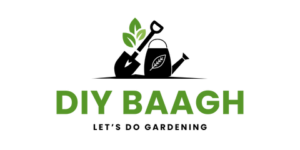Any kind of pepper is great, hot or sweet. Their color, taste, and spice make food more interesting, so every plant needs them. If you want to grow pepper plants that are bigger, healthier, and full of fruit, I’ll show you how to do it using natural methods and cheap fertilizers you make yourself. This method not only guarantees a large harvest, but it also keeps your garden chemical-free and beneficial for the earth.
What Your Pepper Plant Needs to Grow
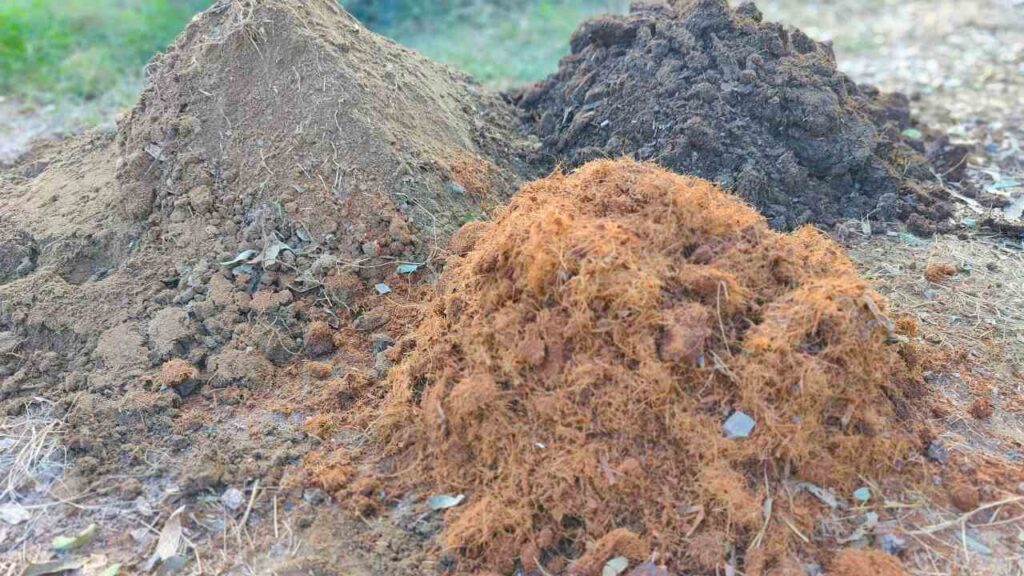
What pepper plants need in terms of dirt and food is very specific. An acidic-to-neutral earth with a pH between 6.0 and 7.0 is best for them. Soil that is too acidic (below 6.0) can make it hard for plants to absorb nutrients. So, we’ll focus on making the earth balanced and adding important nutrients like potassium and phosphorus, which pepper plants love. These nutrients help the plants make strong roots, lush leaves, and more fruits.
Getting the Garden Bed Ready
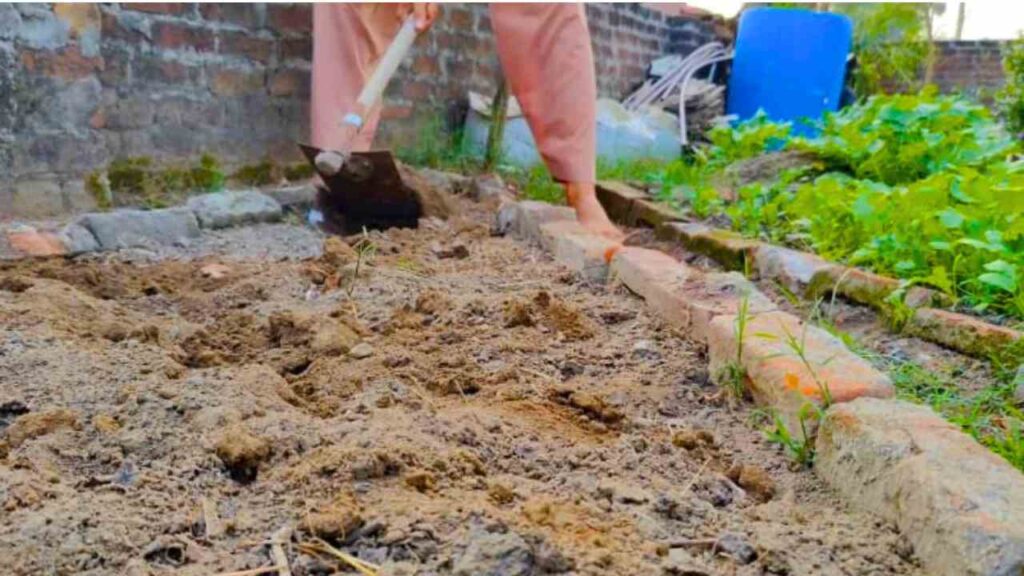
Setting up the flower bed is the first thing that needs to be done. We take care of this important job every year at the end of the growth season. Once all the crops have been picked, we cut up and crush the rest of the plants right in the bed. This old plant material is full of organic matter and will break down, adding nutrients to the soil again. We put a thick layer of compost on top to accelerate the process.
Adding manure and wood ash to strengthen the soil
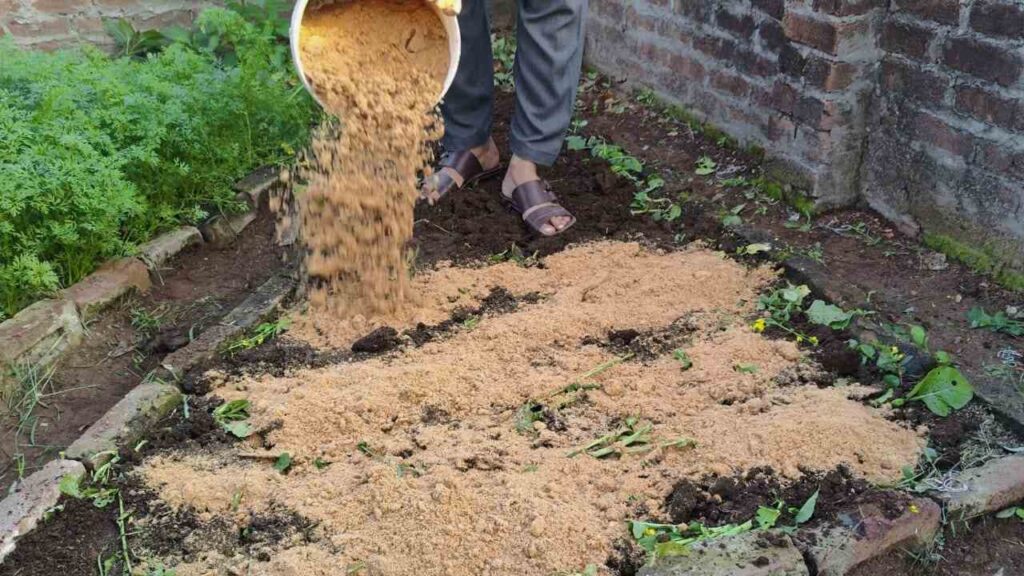
We can put our pepper seedlings in once the bed is ready. But before we put them in the ground, we add a fair amount of two strong things: wood ash and manure that has been fully broken down. Wood ash has a lot of potassium and calcium, which makes plants stronger. Fully broken-down dung is full of nitrogen and phosphorus, which help plants grow leaves, roots, and flowers.
Homemade Liquid Fertilizer: Banana Peel Water

One of the easiest and most effective ways to give your peppers a homemade liquid fertilizer they love is to use banana peel water. It’s normal for bananas to have a lot of potassium and phosphorus, which are two important nutrients for plant growth. Potassium is beneficial for plants because it helps them stay healthy, controls water levels, and makes them more resistant to disease and stress. On the other hand, phosphorus is important for root growth, blooming, and fruiting. Peppers do especially well when they get a lot of these nutrients, which is why banana peel water is a great choice.
Gather some banana peels to begin making this easy fertilizer. You only need two or three peels from a banana for a small batch. Once you have the peels, cut them up into little chunks. This practice makes more surface area, which helps the nutrients get into the water faster. Place the chopped banana peels into a container or jar and fill it with water. You want the water to cover the peels all the way around.
The next step is to wait. For about 48 hours, let the banana peels soak in the water. At this point, the banana peels’ nutrients, mostly potassium and phosphorus, will dissolve in the water and make it a solution full of nutrients. The process is simple and doesn’t need much attention, so it’s a great choice for farmers who want a cheap and easy fertilizer.
Your banana peel water will be ready to use after 48 hours. If the water has a small yellow tint, it means that the nutrients from the peels have been taken out. Now you can strain the water to get rid of the peels, or you can just pour the nutrient-rich liquid right onto the plants’ bases. The potassium and phosphorus in the banana peel water will give your peppers a much-needed boost. These nutrients will help their roots grow in a healthy way; their stems will get stronger, and they will produce more fruit.
Making your own liquid fertilizer is not only eco-friendly and chemical-free, but it’s also a wonderful way to reuse food scraps and banana peels that you would normally throw away. This nutrient-rich solution will help your peppers grow, giving you bigger, healthier plants and a better yield.
How Natural Fertilizers Help Pepper Plants Thrive
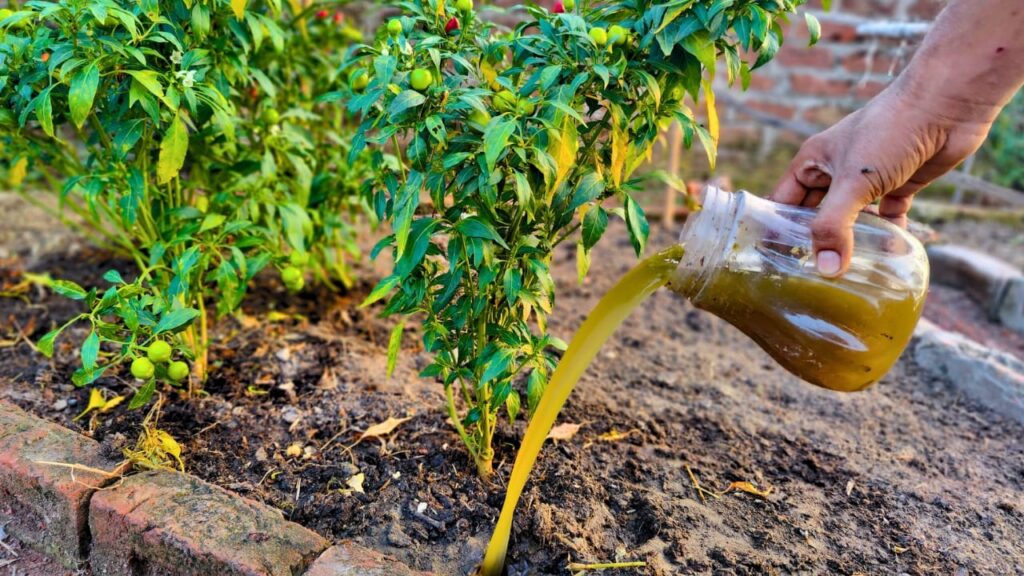
Your pepper plants will get everything they need to grow big and healthy if you do this. The bed’s compost and crushed plants provide a steady source of organic matter, which improves the structure of the soil and keeps water in it. The potassium and calcium in the wood ash make your plants strong enough to make many flowers. The fully broken-down manure provides important nitrogen and phosphorus, which promote strong growth and blooming.
Seeing the Results: Stronger and Healthier Pepper Plants
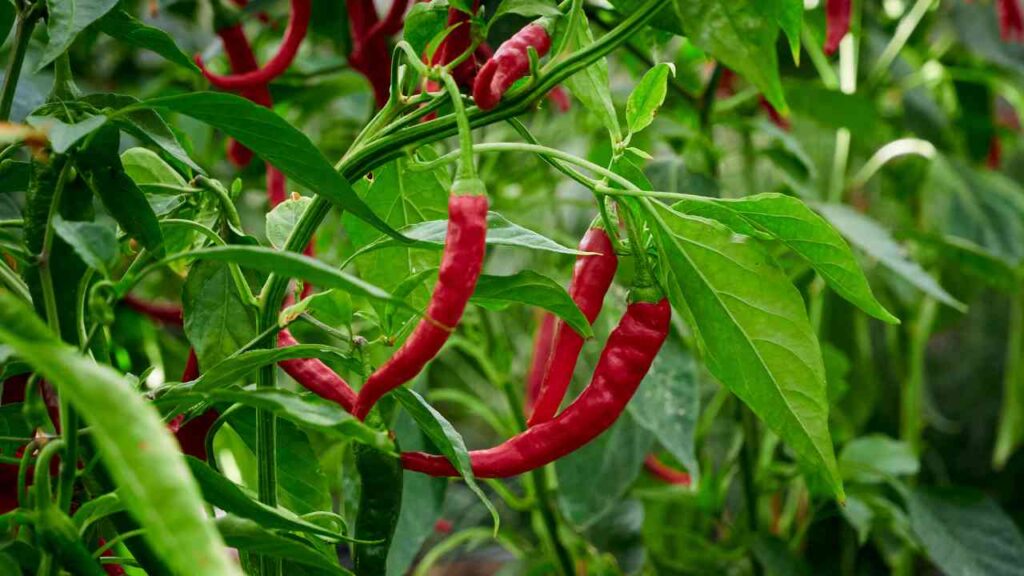
As you continue to feed your pepper plants with the liquid fertilizer you made at home, you will see more and more progress. The general health and look of the plants will be one of the first things that people will notice. Your pepper plants will get lush, bright green leaves, which is a clear sign that they are happy and fed. Liquid fertilizer is full of nutrients, like nitrogen and potassium, that help the leaves grow strong. This feature is important for photosynthesis, the process that gives the plant the energy it needs to grow and make food.
The stems of the pepper plants will also get bigger and more robust. This step is critical because pepper plants can grow on healthy, strong roots that won’t bend or break. As your plants get stronger, they’ll be better able to handle wind, rain, and the weight of the flowers as they grow. The plant’s vascular system can move water and nutrients more efficiently when the roots are stronger. This trait is good for the plant’s health as a whole.
When the peppers start to show up, you’ll notice that they are bigger and brighter than before. The homegrown fertilizer will give the peppers nutrition and beneficial microbes that will help them grow faster, get more color, and look fuller. If you make these changes to the peppers’ size and number, you may get a better yield, giving you a huge amount of beautiful, tasty peppers.
Overall, using the homemade liquid fertilizer will greatly improve your pepper plants’ growth and development, making them stronger and healthier and giving you a much better crop.
Conclusion: Start Growing Your Pepper Plants Today!
Why wait then? Prepare your garden bed by getting wood ash, soil, and banana peels. Then, watch your pepper plants grow like never before. You don’t need expensive chemicals or fancy tools to do these straightforward steps. All you need is a little work and some natural items from your yard and kitchen.
Thanks for reading this guide. If you found it useful, please like, share, and subscribe to my site for more gardening guides and tips. I can give you many suggestions on how to grow the healthiest and most productive plants in your yard.
